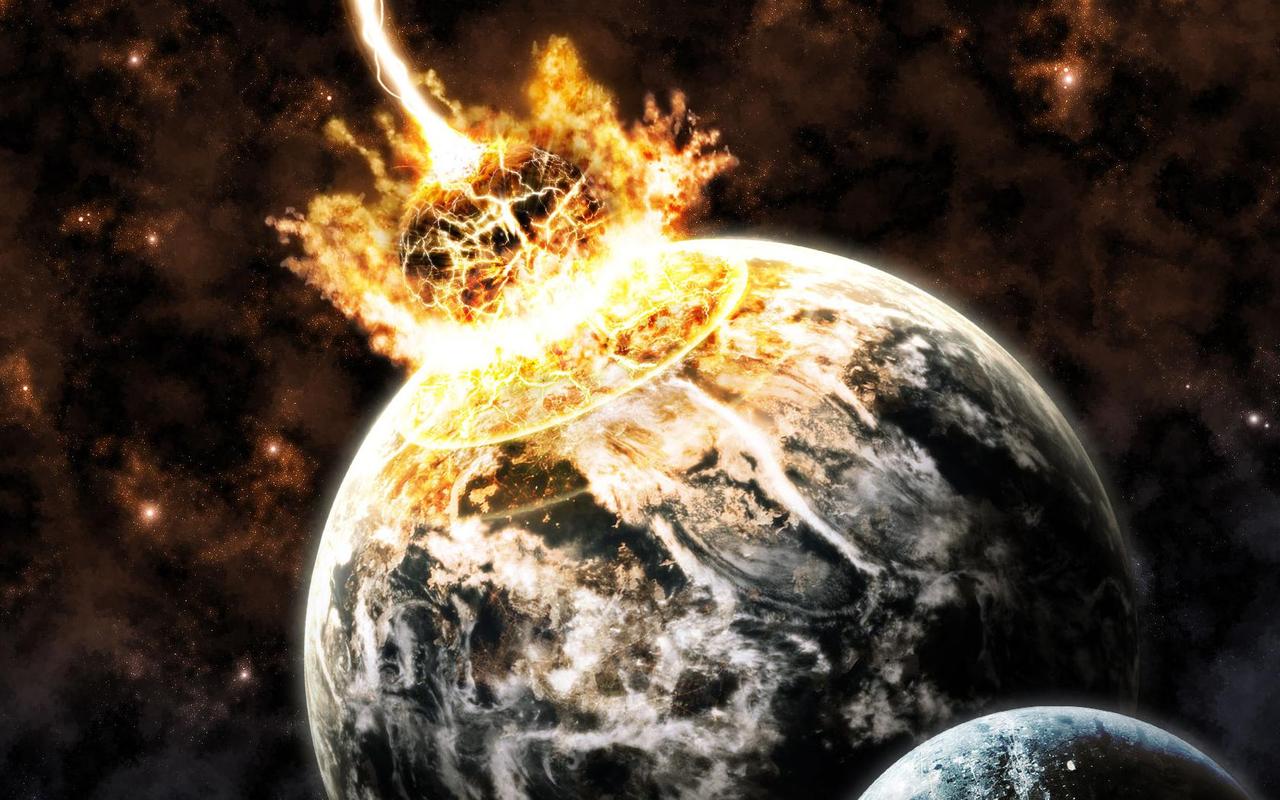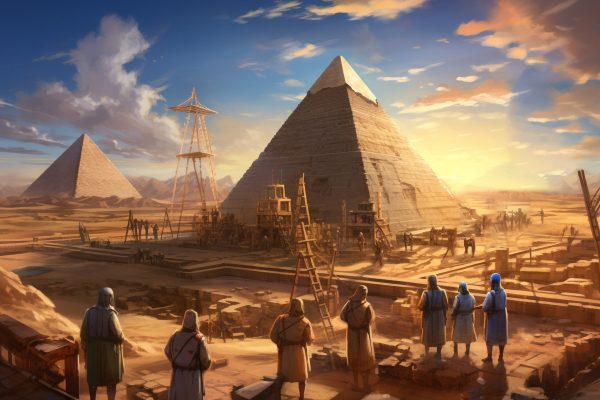The possibility of a sudden appearance of an asteroid capable of destroying the Earth is real. The only plan to destroy it is feasible, but extremely difficult to implement and requires preparation now.
Humanity lives thoughtlessly under constant threat: chunks of rock the size of megacities hurtle through space at tremendous speeds, and any one of them could suddenly collide with Earth. The question is not whether this will happen, but when. If we do nothing now, we will discover the limitations of our capabilities when something appears in our telescopes. The only real solution is a technology that seems as impossible to create as it is to launch successfully.
Essentially, it involves firing five tungsten projectiles at the same point on the asteroid to drill a tunnel that penetrates deep into the heart of the asteroid. A tunnel through which 300 megatons of nuclear warheads will enter, ultimately vaporising the asteroid. This is so difficult to do that the crew would have to travel beyond Mars’ orbit to aim correctly. The crew would also be committing suicide because they would not be able to return to Earth, Jerry Bruckheimer style. It would be much more difficult than firing two torpedoes into a small vent port on the Death Star with Darth Vader hot on their heels, but the reality is that this is the only method scientists have deemed feasible.
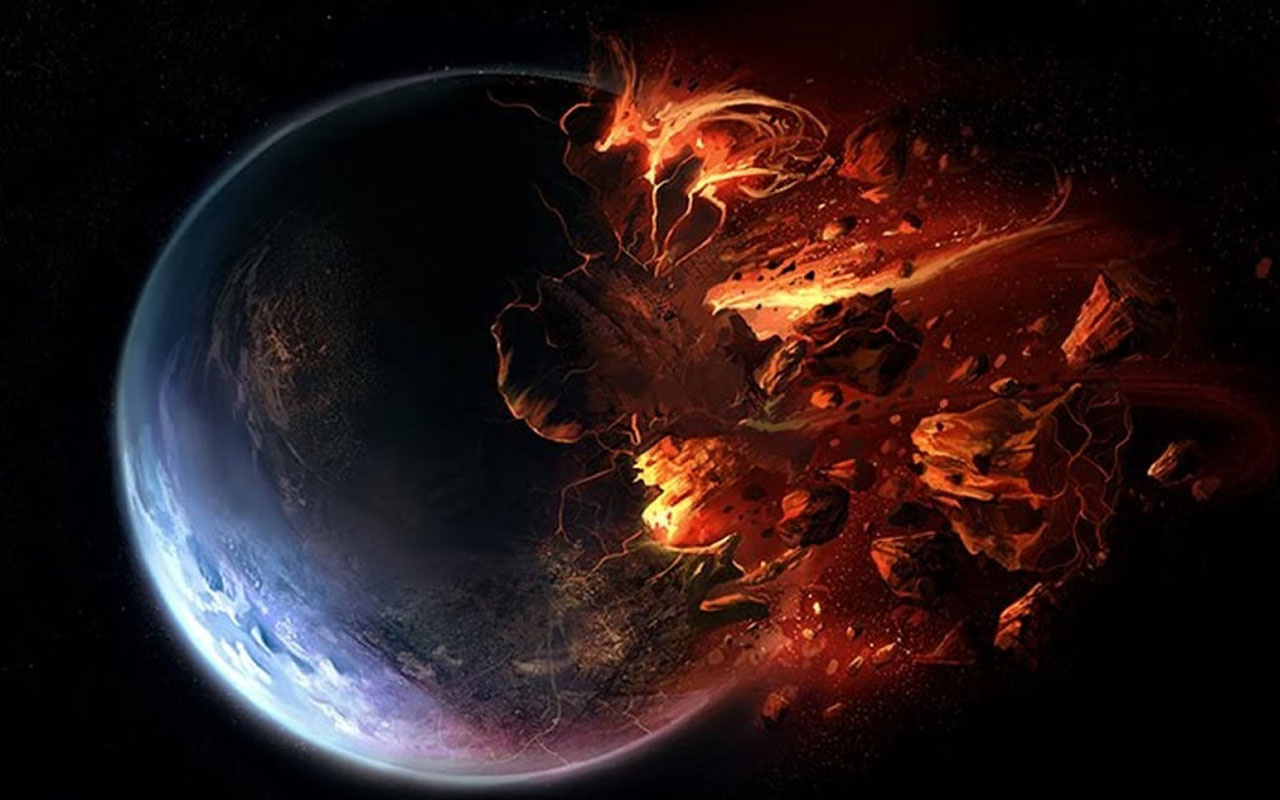
And that’s assuming we spot it in time. In 2019, asteroid 2019 OK, the size of a 30-storey building, was discovered the day before it grazed Earth, closer than some satellites. Asteroid 2024 MK, with a diameter of 150 metres, was discovered 13 days before it flew three-quarters of the distance to the moon. In the event of a collision, they would have released the destructive power of 3,000 and 9,000 bombs dropped on Hiroshima, respectively. An asteroid with a diameter of only 100 metres releases a fireball brighter than the Sun, flies through the atmosphere at a speed 60 times faster than the speed of sound, and releases the destructive power of 4,000 bombs dropped on Hiroshima.
Late discoveries
The point is that scientists have developed methods to deflect dangerous asteroids when their trajectory is known in advance. They paint them so that sunlight reflects them photon by photon, install rocket engines for control, burn them with lasers, and collide spaceships with them. According to the In a Nutshell channel, all these methods have the same problem: ‘It’s like trying to deflect a cargo ship by throwing a bag of crisps at it.’ They displace the asteroid, but only by a minimal distance that will not prevent a collision.
Using these methods, it would take years or decades to prevent the asteroid from hitting Earth. Nuclear bombs won’t work either. At least, not if they are dropped on Earth. Asteroids approach at a speed of 70,000 kilometres per hour, enough to cross the Atlantic in five minutes. No bomb ever created is capable of withstanding a head-on collision and exploding. A nuclear bomb detonated a few metres above the surface creates an impressive crater, but there is no air in space to carry shock waves, so most of the energy is lost.
And if it happens earlier, it will create even more problems. Most asteroids are not giant lumps of rock and metal. They are bags of gravel, piles of pebbles, precious minerals and dust , barely held together. Instead of transporting them using paint, explosions, engines or ships, we can turn them into powder.
The solution depends on size
The solution is penetrators — super-dense projectiles several metres long, thin and made of tungsten, a metal that is denser and harder than rock. However, in the case of large asteroids capable of destroying planets, such as the one that destroyed the dinosaurs, the process changes and becomes extremely complex.
Tungsten penetrators work simply: you place them in the asteroid’s path so that they glide silently through space. From the asteroid’s point of view, you don’t see tiny stationary projectiles; you see them flying towards you at a speed of 70,000 kilometres per hour.
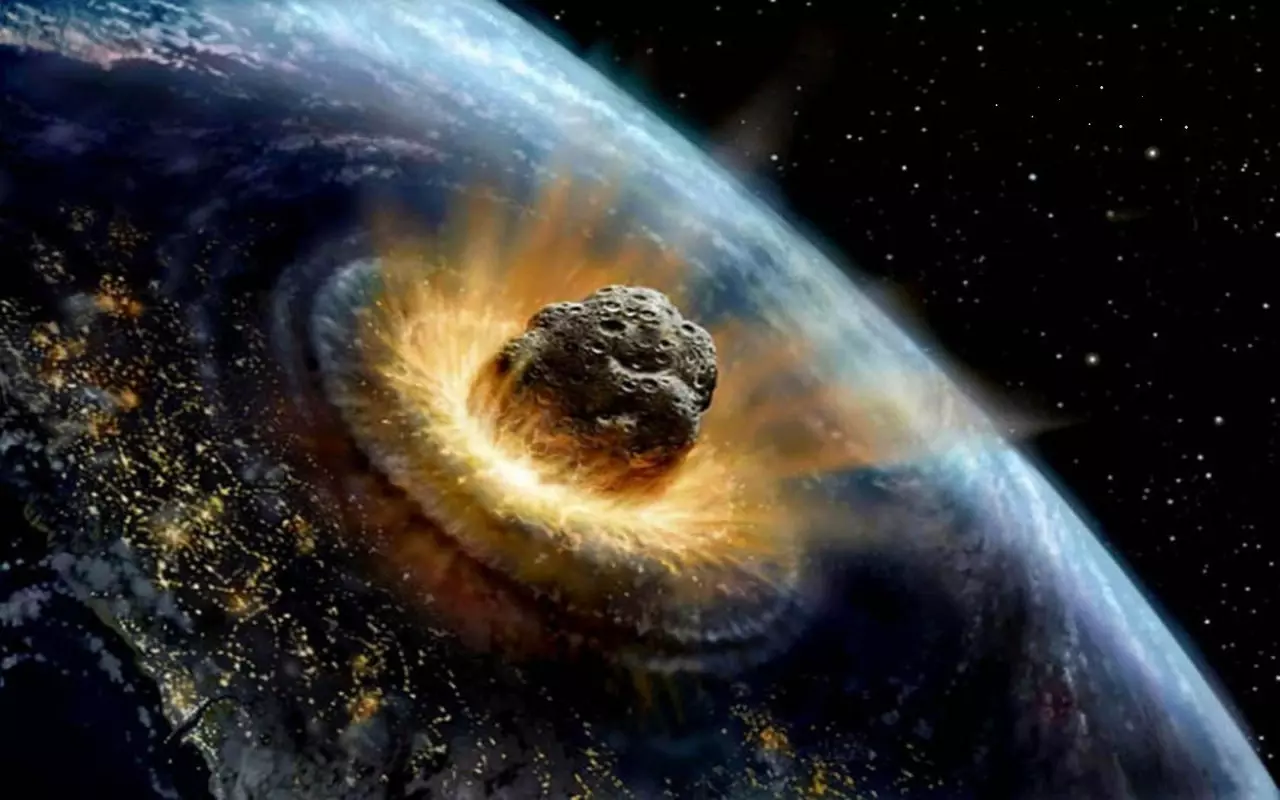
To detect a 100-metre asteroid two weeks in advance, we would need to intercept it one day before impact, when it would be nearly 2 million kilometres away. We would send a single penetrator 2 metres long and weighing 2.5 tonnes on a rocket such as NASA’s Starship or SLS. When the asteroid collides with the penetrator, the energy of 120 tonnes of TNT is released. The rock evaporates, the tungsten melts, leaving a wound that pierces the asteroid.
The damage was excessive, and under the influence of all this energy seeking an outlet, the asteroid shattered into thousands of fragments. The debris scattered in a diffuse cloud. A day later, the fragments fell to Earth, scattered over an area of hundreds of thousands of square kilometres, turning the apocalypse into a fantastic light show.
The threat of global killers
But objects capable of destroying the world are so huge and powerful that they require much more. The most dangerous are comets from the far corners of the Solar System, so distant and dark that they are impossible to track. For example, in 2020, the comet NEOWISE, whose power is 6,000 times greater than that of all the nuclear bombs on Earth, was discovered four months before its closest approach.
The mass of a comet capable of destroying the entire world is so great that it is impossible to break it up like a small asteroid. The fragments that fall to Earth will still be so huge and numerous that they will destroy most of life on Earth.
To destroy it like a smaller asteroid, we would need hundreds of thousands of penetrators and at least 24,000 heavy rockets. This is simply impossible.
The last nuclear option
But there is a plan that combines penetrators with a nuclear bomb. We ‘only’ need a rocket with five penetrators, perfectly aligned at a distance of two kilometres from each other.
The first striker hits the comet at a speed of 140,000 kilometres per hour, releasing the energy of 2,000 tonnes of TNT. The next three repeat the process, hitting the same spot and breaking through a tunnel 100 metres deep. But this is just a scratch on the surface of the monster: the comet is virtually undamaged.
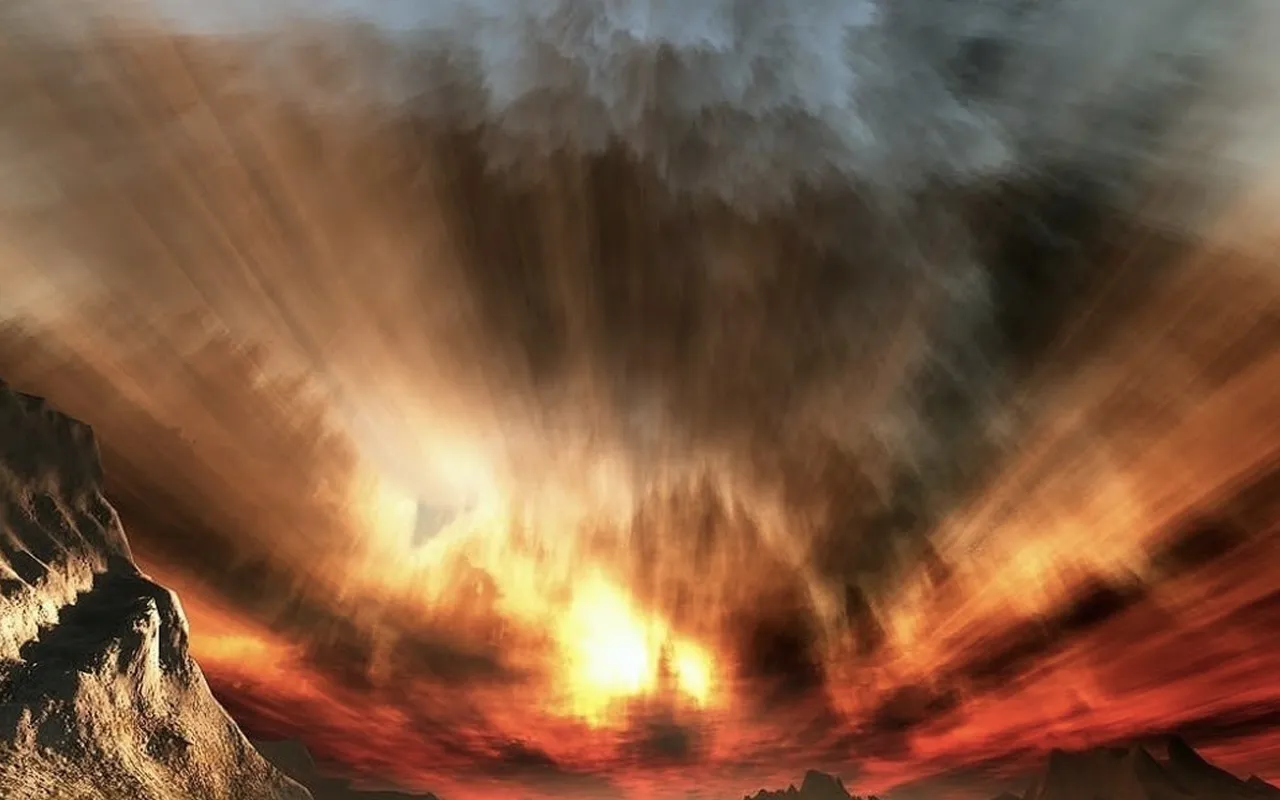
Finally, the fifth penetrator, with 300 megatons of nuclear warheads — 20,000 times more energy than the bomb that destroyed Hiroshima — will be pushed through the same hole into the very depths of the tunnel (again, if four times didn’t sound incredible enough) and explode just before the very end. Instead of hitting the surface and seeing all its energy dissipate into the non-existent void, the entire force of the explosion will be contained within the asteroid itself, crashing into rocks, gravel and ice. Thus, the comet disintegrates from within, turning into a cloud of millions of fragments flying in all directions. We will learn about its destruction in about 10 minutes. The astronauts, if successful, will see it live. Then they will die in the vastness of space, as heroic as Bruce Willis in the fantastic Armageddon (whose drilling method is completely absurd).
As Kurzgesagt points out, this is a difficult task. But it is feasible today. Not in a century with futuristic technologies, but with the rockets, engineering developments and know-how that we have today. We just need to build it and get everything ready as soon as possible.

